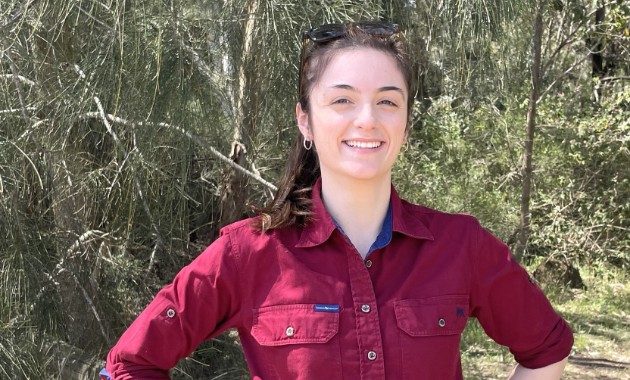 Personal observations of the alienation of girls
in physical education (PE) at high schools have prompted a Charles Sturt
University (CSU) academic to delve into the history of the subject.
Personal observations of the alienation of girls
in physical education (PE) at high schools have prompted a Charles Sturt
University (CSU) academic to delve into the history of the subject.
Ms Rachael Jefferson-Buchanan, from the School of Education at CSU in Albury-Wodonga, is exploring the 120-year history of the school subject to unravel some 'truths' about it.
"Without a real understanding of the subject from the perspective of gender and class, PE will continue to be taught and practised in similar ways in the future," she said.
"Competitive sports and games, along with fitness, have been the staple diet of PE since the 1950s – these emerged from patriarchal societal structures and need to be contested in the 21st century."
Ms Jefferson-Buchanan said, "Many teenage girls feel uncomfortable participating in these types of 'traditional' class and gender-constructed physical activities. They are at an age when body confidence is often at its worst, and when hormonal shifts influence their energy levels and self-esteem.
"Competition and rule-following can also become things girls develop an aversion to. They adopt avoidance strategies such as feigning illness, getting 'out' early during team games, offering to be goalie or similar less conspicuous roles.
"The opportunity for teenage girls to experience the creativity and energy of their bodily power is essential, so PE is an important subject to help challenge and reconceptualise issues of the body in young women," she said.
Ms Jefferson-Buchanan argues we really need to get PE right at this critical age for girls development in our current times.
"I want to open up an honest discussion about how the subject is actually developed and taught at a state, national, and international level in the hope that this will lead to a revision of the current gendered curriculum and teacher training. We need to better understand and challenge the power relations that underpin and drive our PE teaching and practice.
"I would like to see changes so that teenage girls have the opportunity for more positive physical education experiences that are enjoyment-oriented, inclusive, student-centred and above all, offer choices of activities that include individual and leisure and recreational possibilities. PE can then be used as a space for constructing alternative – and more empowered – femininities. This could, in turn, improve their engagement levels in physical activity beyond school."
Ms Jefferson-Buchanan is a lecturer in health and movement studies (Health and Physical Education) and creative arts, and a former physical education teacher and head of department in the UK and Switzerland.
Ms Jefferson-Buchanan will present the paper, 'Exploring the gender-constructed body across time in UK physical education through a feminist framework' at an international conference in Sydney in December.
The CSU lecturer will attend the International Society for Engineers and Researcher (ISER) 82nd International Conference on Physical Education and Sport Science from Monday 5 to Tuesday 6 December with the support of a $2 000 scholarship awarded through the University's Leadership Development for Women program.
PE is taught in Australian schools in the subject Personal Development, Health and Physical Education (PDHPE).
The CSU School of Education offers teacher education programs from early childhood through to secondary as well as a Master of Education and Doctor of Philosophy. Read more here.





Social
Explore the world of social